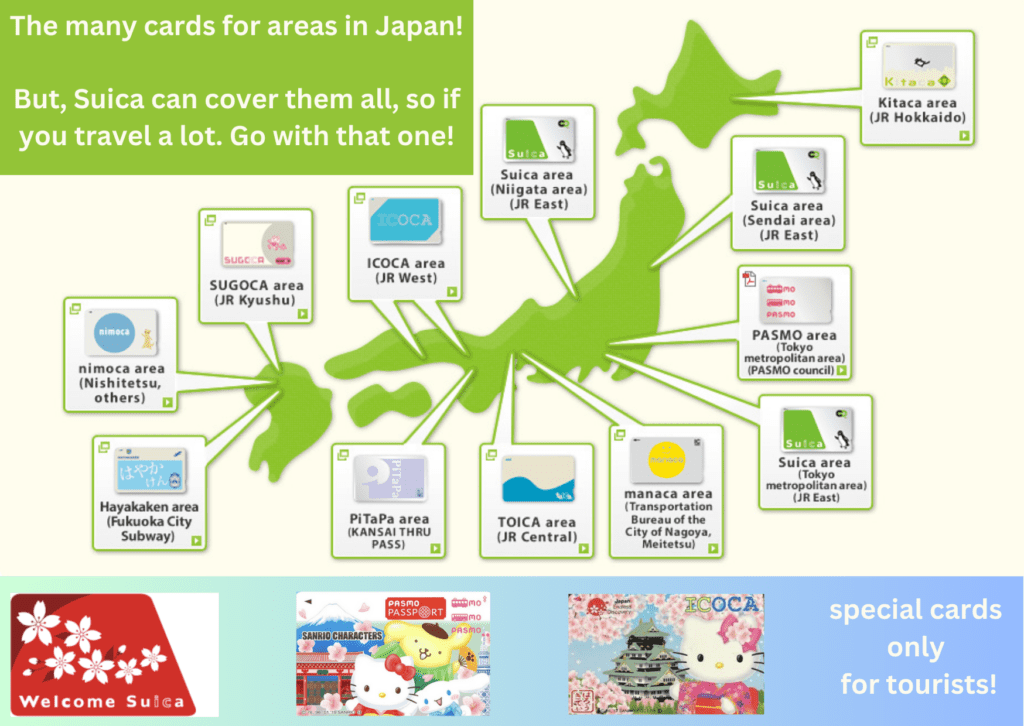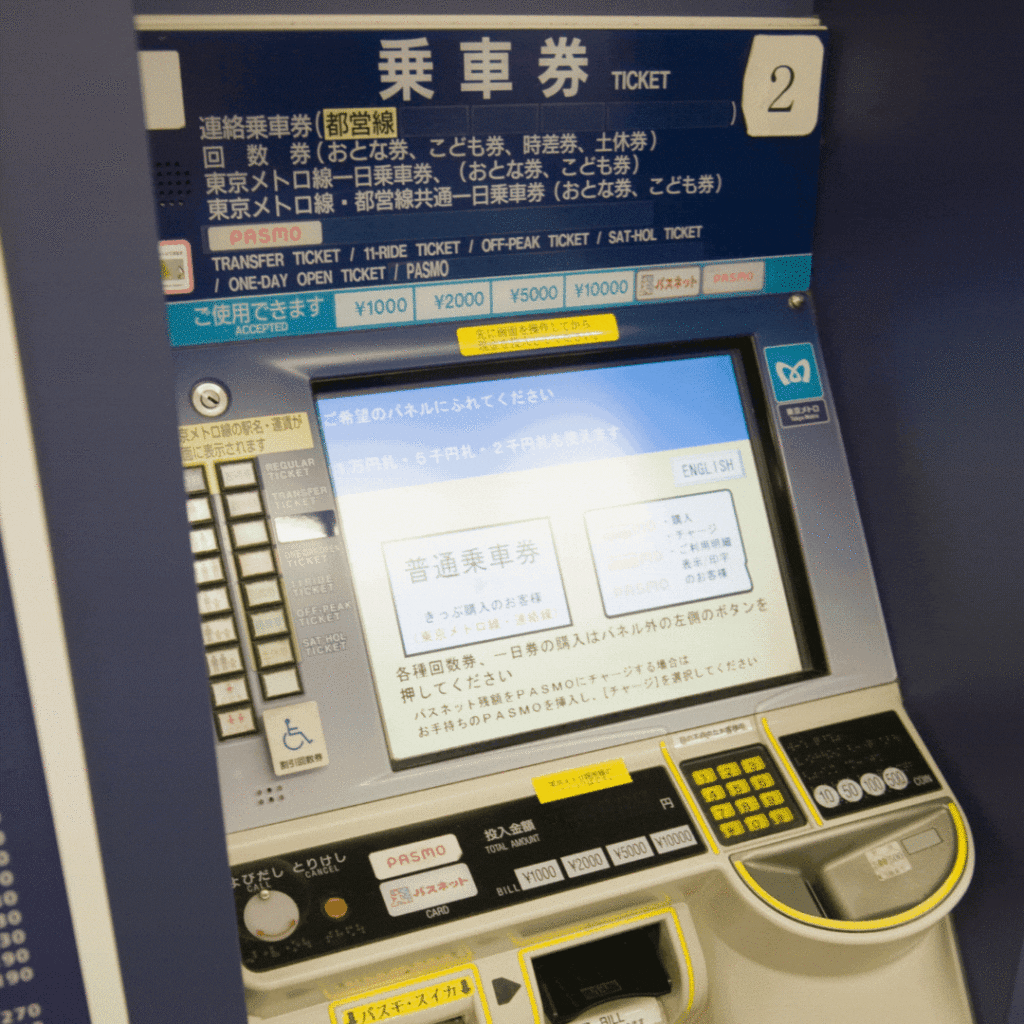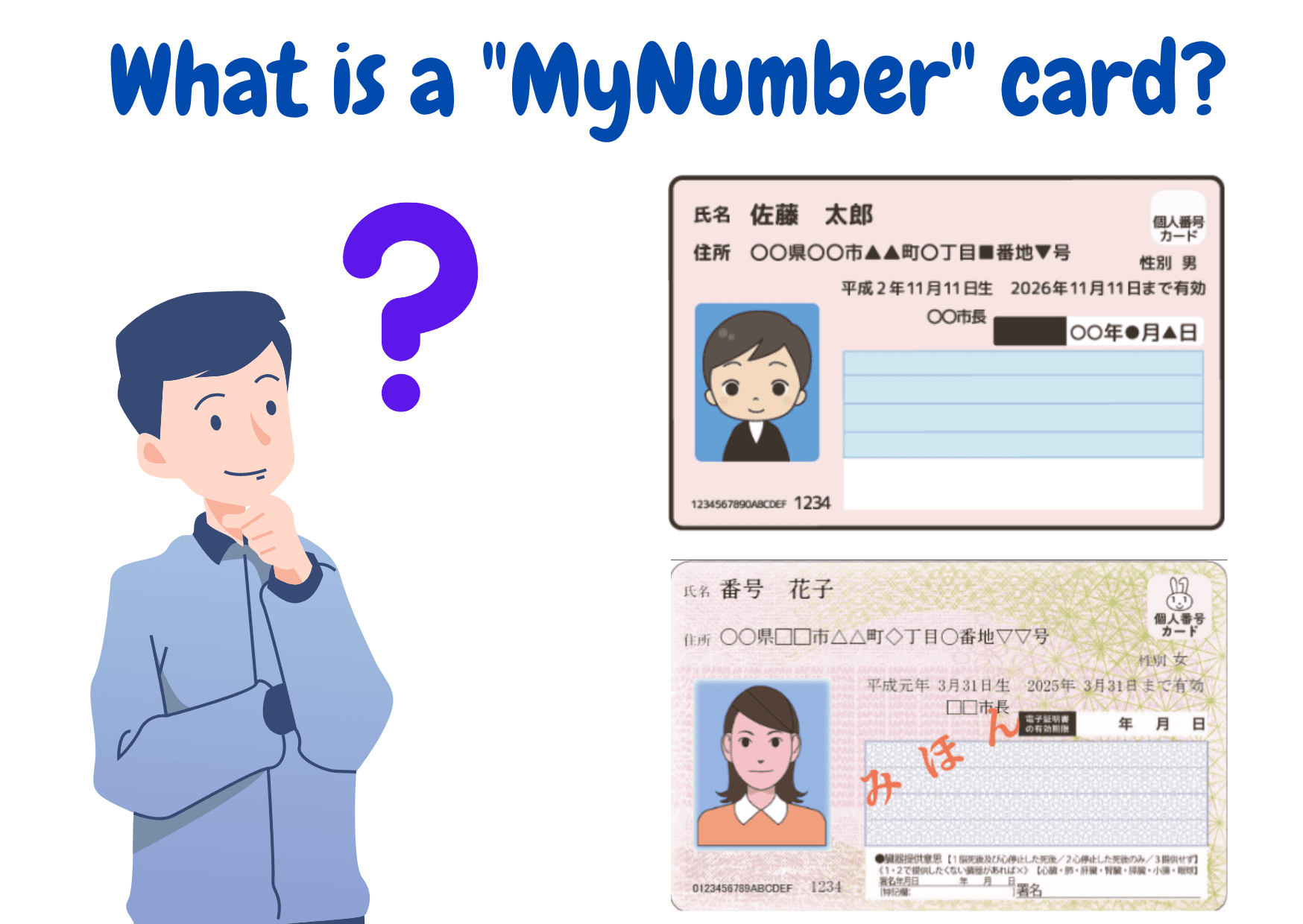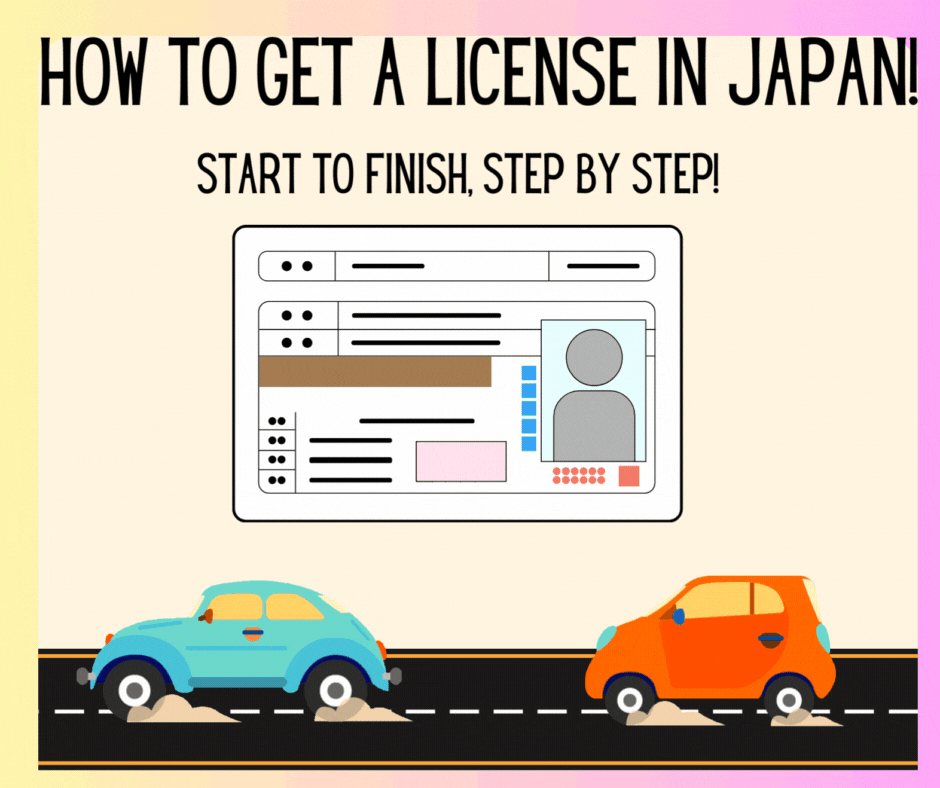Transportation and getting around can be difficult if you lack experience or don’t understand Japanese. Thankfully, Japan has one of the best transportation infrastructure in the world. Here is a practical guide to help you make your travel in Japan smooth!
Today, we will be discussing buses, taxis, and rental cars!
Click here for travel by train, shinkansen, and subways!
- Tips for a smooth journey
- Important things to remember
- General Japanese vocabulary for taxis, rental cars, and buses
- Transportation using travel cards and passes *How to avoid the complicated ticket system!
- Available travel cards and passes
- Refilling your card
- How to ride a bus
- Here is a simple step-by-step guide to using the bus:
- <strong>How to ride a night/long haul bus</strong>
- <strong>Long-Haul Buses:</strong>
- <strong>Night Buses:</strong>
- Transportation by taxi
- <strong>The most important kanji to remember are :</strong>
- Other useful Japanese
- Types of taxis
- <strong>How to hail or reserve a taxi</strong>
- <strong>Hailing a Taxi:</strong>
- <strong>Reserving a Taxi:</strong>
- Travel by rental car
- <strong>Steps to rent a car</strong>
- Travel with Rakuten’s Rental Car!
Tips for a smooth journey
Important things to remember
Keep your passport or residence card with you at all times- Sometimes people who look foreign or like tourists will be checked for their ID. You will also need them to rent a car. A general rule is to keep it with you for your own safety and smooth travels.
For buses, keep your ticket or IC card with you at all times – If you buy a ticket and lose it, or lose your card, then you will have to explain to the bus driver about your situation. You will need to know which station you departed from, and that can be difficult if you don’t speak Japanese well.
Buses may be very crowded- Many buses are jam-packed with people. Be careful and be prepared to stand.
Find the right bus stop and wait- It may go without saying, but double check that you are at the correct bus stop. Google Maps may be innacurate, so look for the physical bus stop signs. Make sure you are on the right side of the street!
Plan ahead and leave early, prepare for delays- Some buses may arrive slightly later than usual, but they almost always depart right on the dot! Don’t miss your bus!
Don’t open the taxi door by yourself or sit in the front- Taxis in Japan have a system for opening and closing doors automatically, so you shouldn’t touch the door. They also expect passengers to ride in the back.
General Japanese vocabulary for taxis, rental cars, and buses
General vocabulary for taxis, rental cars, and buses:
- Taxi – タクシー (takushii)
- Taxi stand – タクシー乗り場 (takushii noriba)
- Taxi driver – タクシー運転手 (takushii untenshu)
- Taxi fare – タクシー料金 (takushii ryōkin)
- Meter – メーター (meetaa)
- Receipt – 領収書 (ryōshūsho)
- Rental car – レンタカー (rentakaa)
- Rental car office – レンタカー営業所 (rentakaa eigyousho)
- Rental agreement – レンタカー契約書 (rentakaa keiyakusho)
- Driver’s license – 運転免許証 (unten menkyoshou)
- Insurance – 保険 (hoken)
- Bus – バス (basu)
- Bus stop – バス停 (basu tei)
- Bus route – バス路線 (basu rosen)
- Bus fare – バス料金 (basu ryōkin)
- Bus schedule – バス時刻表 (basu jikokuhyou)
- Ticket – 切符 (kippu)
- Passengers – 乗客 (joukyaku)
- Luggage – 荷物 (nimotsu)
- Stop – 止まる (tomaru) (for buses)
Transportation using travel cards and passes *How to avoid the complicated ticket system!
Before you think about going the old-fashioned way and buying tickets to get around Japan, please consider getting a travel card or pass! These are much easier to use than tickets and you will have a wonderful keepsake from your travels after you leave Japan.
These cards can be used on trains, subways, and even buses!
You will have to get a card from a train station or use an app, so keep that in mind if you are getting one just for the bus.
Available travel cards and passes

The big three, the most popular and most useful cards are:
- Suica
- Pasmo
- Icoca
You can get these cards at the station, usually from a ticket machine. If you have trouble, you should ask a station attendant or staff member. They would be very happy to help you get started with your own IC card.
Some cards have apps available for travel. The sign-up can be a bit confusing, but it might be worth it if you are staying in Japan for a while. The good point with the app is that you can charge your card at any time.
There are special design cards available for short-term visitors to Japan! They usually have cute designs and give steep discounts for traveling around. Keep in mind these are only available for short-term visitors.
Travel passes and ticket discounts are also available to short-term visitors! Check out the link here at JR West to see some of the available deals. Keep in mind these are only available for short-term visitors.

Refilling your card
When you have a card, you just charge the card at a ticket machine by placing the card on a charging pad (there is a picture indicating a card on it) or by inserting it into the card slot. Some cards are also rechargeable online or through an app. You can usually charge in increments of 1000 yen.
How to ride a bus

Riding the bus is simple in Japan. As you board, you will be able to tap your IC card on a designated area, or grab a ticket from the machine near the door. Make sure you don’t forget to do one of these, or you will have to explain yourself when you get off. Keep in mind, some buses have a flat rate, and those may not have ticket machines.
You will need exact change if you are using a ticket, so prepare your cash and coins ahead of time.
Some buses have English, but all buses have their destinations on a digital board at the front of the bus. You will be able to see how much you need to pay on the display. Another good method is to use Google Maps, which will allow you to see the whole route and ticket price in your native language.
Here is a simple step-by-step guide to using the bus:
- Find a Bus Stop: Look for a bus stop with a sign that displays the bus route number and the names of the stops it serves. You can also check the bus schedule at the stop or online.
- Boarding the Bus: When the bus arrives, queue up at the designated line. Let passengers exit before boarding. Enter through the front door and take a ticket from the machine near the door, if available.
- Paying the Fare: Upon boarding, either pay the fare with cash or use a transportation card (like Suica or Pasmo) by tapping it on the card reader near the driver. If you took a ticket, you’ll need to check the fare chart displayed inside the bus to see how much you need to pay based on the number on your ticket when you exit.
- Finding a Seat: Once onboard, move towards the available seats. Priority seats at the front are reserved for elderly, disabled, or pregnant passengers. If you’re in one of these categories, it’s polite to take a priority seat if available.
- Getting Off the Bus: Press the stop button or pull the cord located near your seat when your stop is approaching. Move towards the exit door before your stop to prepare to exit.
- Exiting the Bus: Leave through the rear door if it’s a rear-exit bus, otherwise exit through the front door. If you took a ticket, check the fare chart near the exit to see how much you need to pay based on the number on your ticket, then pay the fare in cash or with your transportation card as you exit.
- Lost and Found: If you lose something on the bus, you can inquire about it at the bus company’s lost and found office.
How to ride a night/long haul bus
Long-haul and night buses are a bit different from riding a normal bus. It is a lot like riding the shinkansen. You will need to reserve a ticket in advance.
A step-by-step guide for riding the night/long haul bus
Long-Haul Buses:
- Purchase a Ticket: Long-haul bus tickets can be purchased at bus terminals, travel agencies, or online. It’s recommended to book in advance, especially during peak travel seasons.
- Arrive Early: Arrive at the bus terminal early to ensure you have enough time to find your bus platform and load your luggage.
- Boarding the Bus: When your bus arrives, line up at the designated gate. Bus attendants will typically assist with loading luggage into the storage compartments beneath the bus.
- Seating: Find your assigned seat on the bus. Long-haul buses in Japan often have comfortable reclining seats with amenities like blankets and pillows.
- During the Journey: Follow the bus attendant’s instructions and be mindful of other passengers. There may be rest stops along the way for bathroom breaks and meals.
- Exiting the Bus: When you arrive at your destination, gather your belongings and disembark. Double-check to ensure you have all your belongings with you.
Night Buses:
- Booking: Night buses are popular for long-distance travel, especially for budget-conscious travelers. Book your ticket in advance, as they can fill up quickly.
- Boarding: Night buses typically depart in the evening or late at night. Arrive at the bus terminal early to check in and board the bus.
- Seating: Find your assigned seat on the bus. Night buses often have reclining seats with leg rests, and some may offer private compartments for added comfort.
- During the Journey: Night buses travel overnight, so you can sleep during the journey. Blankets and pillows are usually provided. Be considerate of other passengers and keep noise to a minimum.
- Arrival: Night buses usually arrive at their destination early in the morning. Be prepared to disembark and gather your belongings quickly.
- Safety: Night buses in Japan are generally safe, but it’s advisable to keep your valuables close and be aware of your surroundings.
Transportation by taxi

Useful Japanese for travel by taxi:
The most important kanji to remember are :
| Japanese | English |
|---|---|
| 空車 | One look and you’ll see it’s “vacant.” Whether it’s an LED or curtain display on the taxi signboard, it’s usually easy to understand as it’s mostly marked in red. When the sign says “vacant,” if you signal a taxi (raise your hand high towards the taxi), it will generally stop right in front of you and you can get in the taxi. Recently, taxis running in tourist areas like Kyoto may also display “VACANT” in addition to “空車.” |
| 割増 | The other is “extra charge.” Unlike “vacant,” this is a display that is not immediately understood to be vacant, but like “vacant,” if you signal a taxi, you will be able to ride. However, the fare for “extra charge” is significantly different from “vacant.” The reason for the “extra charge” display is because the late-night and early-morning extra charge applies from 22:00 to 5:00. During this time, the fare is 20% higher than when it is “vacant,” so be careful. |
| 賃走 | In this display, another passenger is using the taxi. Therefore, even if you try to hail a taxi, it will not stop 100%. |
| 支払 | In this display, another passenger is in the process of paying. You cannot ride immediately, but if you wait near the taxi until the payment is completed, you will often be able to get in. |
| 貸切 | As the name suggests, this is a taxi that is chartered. You cannot ride in this taxi. |
| 予約 | This is also a taxi where the passenger has already been determined/reserved, so you cannot ride. If you want to reserve a taxi, please make a “scheduled reservation for dispatch” through the taxi company’s dispatch reception or dispatch app. The taxi with the “reservation” display will come to pick you up at the specified location. |
| 迎車 | Similar to “reservation,” this is also a taxi where the passenger has already been determined, so you cannot ride. If you want immediate dispatch without a scheduled reservation, let the taxi company’s dispatch reception or dispatch app know that you want a dispatch now, and the taxi with the “迎車” display will come to pick you up at the specified location. |
| 回送 | “回送” is used when the taxi driver is on break or when the taxi is returning to the garage. Therefore, you cannot ride. |
| 救援 | This is rarely seen, but it indicates that the taxi is engaged in relief activities. When requested, taxis are legally allowed to engage in relief transport activities, such as acting as a shopping agent for pharmacies or transporting emergency patients. Since the taxi is in a state of emergency helping someone, you cannot of course ride. |
| SOS | This is also rarely seen, but it indicates that the taxi driver is in an emergency situation. For example, when the taxi is a victim of a taxi robbery or assault by a drunk person, it is used to inform people outside the taxi that there is an emergency. If you see this display, immediately call 110 to help the taxi driver. It would be helpful for the police if you could tell them the taxi’s license plate number. Try to remember it as much as possible. |
Other useful Japanese
- Hello – こんにちは (konnichiwa)
- Good evening – こんばんは (konbanwa)
- I’d like to go to… – …まで行きたいです (…made ikitai desu)
- Please take me to… – …までお願いします (…made onegaishimasu)
- How much is it to…? – …までいくらですか? (…made ikura desu ka?)
- Can you take me to this address? – この住所まで行ってください。 (kono juusho made itte kudasai)
- Please stop here. – ここで止めてください。 (koko de tomete kudasai)
- How long will it take to get there? – そこまでどのくらいかかりますか? (soko made dono kurai kakarimasu ka?)
- I don’t have much cash. Do you accept credit cards? – 現金があまりありません。クレジットカードは使えますか? (genkin ga amari arimasen. Kurejitto kaado wa tsukaemasu ka?)
- Can you wait here for a moment? – ここで少し待っていてください。 (koko de sukoshi matteite kudasai)
- Please open the trunk. – トランクを開けてください。 (toranku wo akete kudasai)
- Thank you for the ride. – 乗せていただきありがとうございました。 (nosete itadaki arigatou gozaimashita)
Types of taxis
Japan has several types of taxi, you can find a list of them below. The most common and useful ones are standard and night taxis.
- Standard Taxis:
- Japanese: 普通タクシー (futsuu takushii)
- These are the most common taxis in Japan, easily recognizable by their color and design. They can accommodate up to four passengers and are usually metered.
- Jumbo Taxis:
- Japanese: ジャンボタクシー (janbo takushii)
- Also known as “large taxis,” these can accommodate more passengers than standard taxis. They are often used for group travel or when passengers have extra luggage.
- Universal Design Taxis:
- Japanese: ユニバーサルデザインタクシー (yunibaasaru dezain takushii)
- These taxis are specially designed to be accessible to passengers with disabilities. They have features such as ramps for wheelchair access and space for guide dogs.
- Green Taxis:
- Japanese: グリーンタクシー (guriin takushii)
- Green taxis, or “environmentally friendly taxis,” use eco-friendly vehicles, such as hybrid or electric cars, to reduce emissions.
- Luxury Taxis:
- Japanese: ラグジュアリータクシー (ragujuarii takushii)
- These taxis offer a higher level of service and comfort, with amenities such as leather seats, Wi-Fi, and complimentary drinks. They are often used for special occasions or by business travelers.
- Fixed-Route Taxis:
- Japanese: 定額タクシー (teigaku takushii)
- These taxis operate along specific routes, similar to buses. Passengers can board and alight at designated stops along the route, and the fare is usually fixed.
- Charter Taxis:
- Japanese: チャータータクシー (chaataa takushii)
- Charter taxis are hired for a specific period or distance and are not metered. They are often used for sightseeing or when passengers need to make multiple stops.
- Night Taxis:
- Japanese: ナイトタクシー (naito takushii)
- Night taxis operate during late-night hours when public transportation is limited. They often have a higher fare than regular taxis.
How to hail or reserve a taxi
Hailing a Taxi:
- Locate a Taxi Stand or stand wait in a safe area for a taxi to stop: Taxis can be found at taxi stands (タクシー乗り場 – takushii noriba) located at transportation hubs, hotels, and popular tourist areas. Look for a line of taxis with a sign indicating “空車” (vacant) or a red light on the taxi’s roof.
- Raise Your Hand: Stand near the edge of the sidewalk and raise your hand to signal an approaching taxi. In Japan, it’s common to hail a taxi from the curb rather than the middle of the street.
- Wait for the Taxi to Stop: Once you’ve signaled, the taxi will stop. The driver may open the door for you, or you can open it yourself.
- Tell the Driver Your Destination: Once inside, tell the driver where you want to go. It’s helpful to have your destination written down or saved on your phone in Japanese, especially if you don’t speak Japanese fluently.
- Pay the Fare: When you arrive at your destination, the driver will calculate the fare. You can pay in cash or with a transportation card (if accepted).
Reserving a Taxi:
- Use a Taxi Dispatch Service: Many taxi companies in Japan offer a taxi dispatch service where you can call and request a taxi to pick you up at a specific location and time.
- Use a Taxi App: There are several taxi-hailing apps available in Japan, such as JapanTaxi, that allow you to book a taxi using your smartphone. These apps are available in English and can be convenient for non-Japanese speakers.
- Specify Your Location and Time: When booking, provide your current location and the time you want the taxi to pick you up. You can also specify any special requests, such as a larger vehicle or assistance with luggage.
- Wait for Confirmation: Once you’ve booked, wait for confirmation from the taxi company or app. You’ll receive a notification with details about your pickup.
- Meet the Taxi at the Designated Location: Be at the designated pickup location at the specified time. The taxi will arrive, and you can get in and tell the driver your destination.
- Pay the Fare: As with hailing a taxi, you’ll need to pay the fare when you reach your destination.

Travel by rental car
If you have a license are you are looking to go somewhere in rural Japan, it might be worth it to rent a car. Many rental places deal with tourists, so they can usually support you in English. However, there may be some situations in which they have limited knowledge of your language. So, choose carefully!
Steps to rent a car
- Requirements:
- You must be at least 18 years old (age may vary by rental company).
- You must have a valid driver’s license from your home country or an International Driving Permit (IDP) in addition to your driver’s license.
- Choose a Rental Company:
- Research and choose a rental company that meets your needs. Major international companies like Toyota, Nissan, and Honda operate in Japan, along with local companies.
- Reservation:
- Reserve a car in advance, especially during peak travel seasons. You can usually do this online, through the rental company’s website or a third-party booking platform.
- Pick-Up Location:
- Choose a convenient pick-up location, such as an airport, train station, or city center office.
- Documents:
- Bring your valid driver’s license and, if applicable, your IDP. Some companies may also require a credit card for payment and a passport for identification.
- Rental Agreement:
- At the rental counter, you’ll need to fill out a rental agreement. This will include details such as the rental period, insurance coverage, and any additional services you may require.
- Vehicle Inspection:
- Before accepting the car, inspect it for any existing damage and make a note of it on the rental agreement. This will help avoid disputes over damages when you return the car. It is also a good idea to take pictures.
- Payment:
- Pay for the rental, any optional extras (e.g., GPS, ETC card for toll roads), and the deposit (if required) using a credit card.
- Returning the Car:
- Return the car to the designated location at the agreed-upon time. Make sure to refuel the car before returning it if you received it with a full tank.
- Final Inspection:
- The rental company will inspect the car for any new damage. If everything is in order, you’ll complete the return process and receive any applicable refunds or charges.
Travel with Rakuten’s Rental Car!
Rakuten travel is a good way to get around. Click the banner below or the link here to start!




